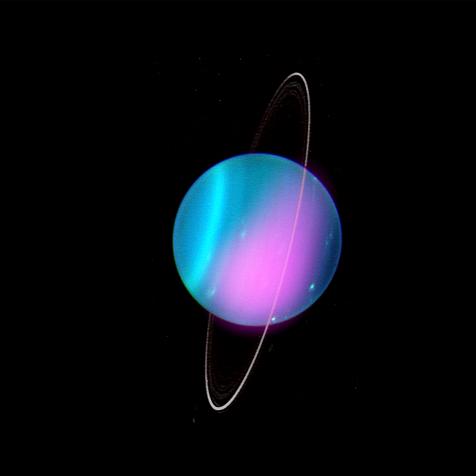
NASA/JPL-Caltech
There Isn’t a Door on Mars, but there are Some Cool Rocks

I’ll be the first to admit that it would be really, really cool if we found evidence of life on Mars. It would revolutionize our understanding of the cosmos, help us understand our origins, and give us some bugs and/or friends to play with.
But there’s a reason that science is so powerful when it comes to investigating the physical nature of the universe. Science combined boundless curiosity and eager hypothesizing with a razor-sharp ability to use evidence to support beliefs. That way we don’t waste our time on ideas that aren’t matching what we actually observe.
Case in point: seeing weird stuff on Mars. The latest example is a purported “doorway” found on the side of Aeolis Mons (aka Mount Sharp). The image was taken by the MastCam (as the name suggests, it’s a camera mounted on a tall mast) of the Mars Curiosity Rover. At first glance, it looks like a perfectly chiseled entryway, reminiscent of ancient Egyptian tombs, that leads to something dark and mysterious within the mountain.
NASA/JPL-Caltech/MSSS
This isn’t the first time that people have really wanted something weird to happen on Mars. Back in the 1970s, NASA’s Viking 1 spacecraft was doing its usual thing, lazily circling the red planet and snapping pictures of the surface. One of the pictures showed something surprising and striking: a face! Not just any face, but a very human-like face the size of an entire mountain.
For decades debate and discussion swirled. What was it? Did someone put it there? What are they trying to tell us?
On April 5, 1998, the Mars Global Surveyor mapped the same region of Mars, this time in much higher detail. That image revealed…very much not a face. It was just a natural formation that due to the low resolution, angle of the picture, and the deep shadows looked like a face.
NASA/JPL-Caltech
Back to our doorway. The Curiosity rover is currently traversing a region called the Greenheugh Piedmont. The rocks surrounding the rover started their lives as massive sand dunes, deposited over long periods of time by the weak Martian wind. Then the winds shifted and the dunes stayed, eventually compressing and hardening into solid rock.
At some random time, a piece of the rock destabilized and collapsed, revealing a clean break that looks like a doorway. This kind of natural process happens all the time on Earth and nobody thinks twice about it.
NASA/JPL/USGS
Aeolis Mons itself formed about 3.5 billion years ago as the central peak of an impact crater when a massive comet or asteroid struck Mars. At one time the ring-like valley around Aeolis Mons was filled with water, which has since disappeared.
Violent impacts. Sand turning to stone. Natural formations lead to curiously sharp lines. A world once wet with water and a potential home for ancient life.
Who needs aliens! This is awesome enough.
Learn More about the Universe
Journey Through the Cosmos in an All-New Season of How the Universe Works
The new season premieres on Science Channel and streams on discovery+.




















